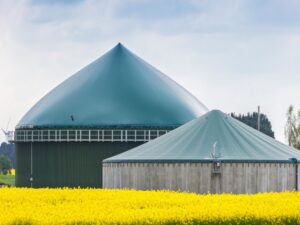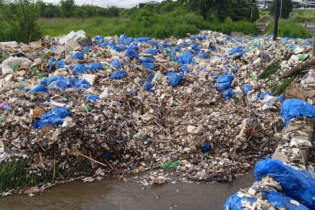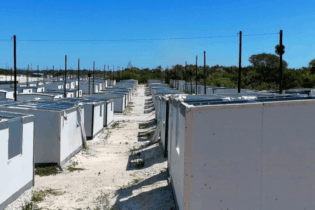Ahead of the launch of the South African Waste to Energy Roadmap in 2022. A new report has found that the micro-digester sector has significant opportunities to grow if it can strengthen partnerships within the sector and with stakeholders in allied sectors.
This study, commissioned by the South African National Energy Development Institute (SANEDI), has uncovered untapped potential for a micro – digester sector to aid in both climate mitigation and the green circular economy. The University of Johannesburg Process, Energy, Environmental and Technology Station (UJ Peets) responded to a request from SANEDI to raise anaerobic micro-biogas awareness; grow a mindset/culture around this and conduct workshops and training to boost this largely untapped sector. “Biogas technologies like micro-digesters possess potential for scaling and promoting a green circular economy. It is the only fully closed circular renewable energy system which produces near zero waste. This study shows that the technology capitalises shy of the regulatory, policy and market financial support extended to other popular forms of renewable energy like solar PV and wind,” said Dr Karen Surridge, Renewable Energy Manager at SANEDI. When organic waste is collected and digested in this small system to create methane gas for fuel, it also creates beneficial byproducts like a rich soil fertiliser. The technology has multiple benefits for managing waste decomposition, reducing the volume of organic waste sent to landfills and thus reducing methane emissions at landfill sites. South Africa’s uptake of this technology is low compared with other African countries –the study finds. SA’s total number of small-scale biogas digesters installed is estimated to be only 350 compared to Kenya with over 14,000, Uganda with 11,000 and Ethiopia with 10,000. The study predicts that the domestic potential size of the sector is initially estimated to be 21,000 units, followed by a maximum yearly demand potential of 50,400 units. Assuming a continuous market penetration rate of 1%, this equates to 5,400 units a year until 2030. The UJ Peets researchers have recommended that the right policies and possible subsidies are urgently introduced to support uptake. Micro-digesters for biogas production at present are concentrated in public sector programmes in rural areas where the primary source of waste is cow dung and food waste to provide clean cooking gas, but there is little uptake in urban areas where the technology is a sustainable solution for some municipal waste. These sites are small scale and are defined by the Working Group as an anaerobic biogas digester producing less than 0.5 kW of power or less than 2 kW of biogas a day.The Sector Development Plan (SDP) recommends firstly, that the narrative about micro-biogas production be moved beyond energy and cooking to encompass the benefits from other value additions available from using a micro-digester, especially waste management and fertiliser from digestate. In addition, micro-digesters can bring value to people through community-based installment (or pay-as-you-go) schemes that secures gas for generators, battery charging, lights and clean cooking.
UJ’s Trilateral Research Chair in Transformative Innovation, Fourth Industrial Revolution and Sustainable Development (UJ-TRCTI) conducted a feasibility study and Action Dialogue to develop the SDP. Field researchers worked at existing micro-digester sites in South Africa noting challenges like access to cow dung for people in rural areas, lack of maintenance and available technical skills, as well as access to water. One of the two pathways set out in the SDP focuses on building up economic opportunities for youth and women’s groups and more formal capacitation of new and established small and medium-sized enterprises (SMMEs). At Emmanuel Primary School System in Gauteng, researchers re-introduced the school kitchen to the technology and infrastructure through the development of a multi-disciplinary manual on the creation of a green circular economy – a beneficial tool for academics, local government bodies, community members, industry, tradesmen and anyone else interested in micro-digester technology. Both pathways will however need enhanced financial incentive schemes to pull demand while innovation competitions are among the ways to start stimulating private sector interest and public-private partnerships. More market segment analysis is also necessary to understand the potential opportunities (especially in urban environments) and possible models for community-sized systems. The development of the SDP for micro-biogas forms part of the SANEDI Strategic Plan 2020-2025, focused on enhancing energy access with an emphasis on clean renewable energies, transforming waste to energy and upskilling women and youth to assist in the commercialisation and embracing of renewable energy technologies. The 2019 Integrated Resource Plan (IRP) also recognises biomass and biogas as energy sources with huge potential to provide electricity and heat for the country, including from small-scale systems. The SDP aims to support the sector for the next five years based on a broader set of market pathways – a series of final stakeholder engagements are being undertaken.







